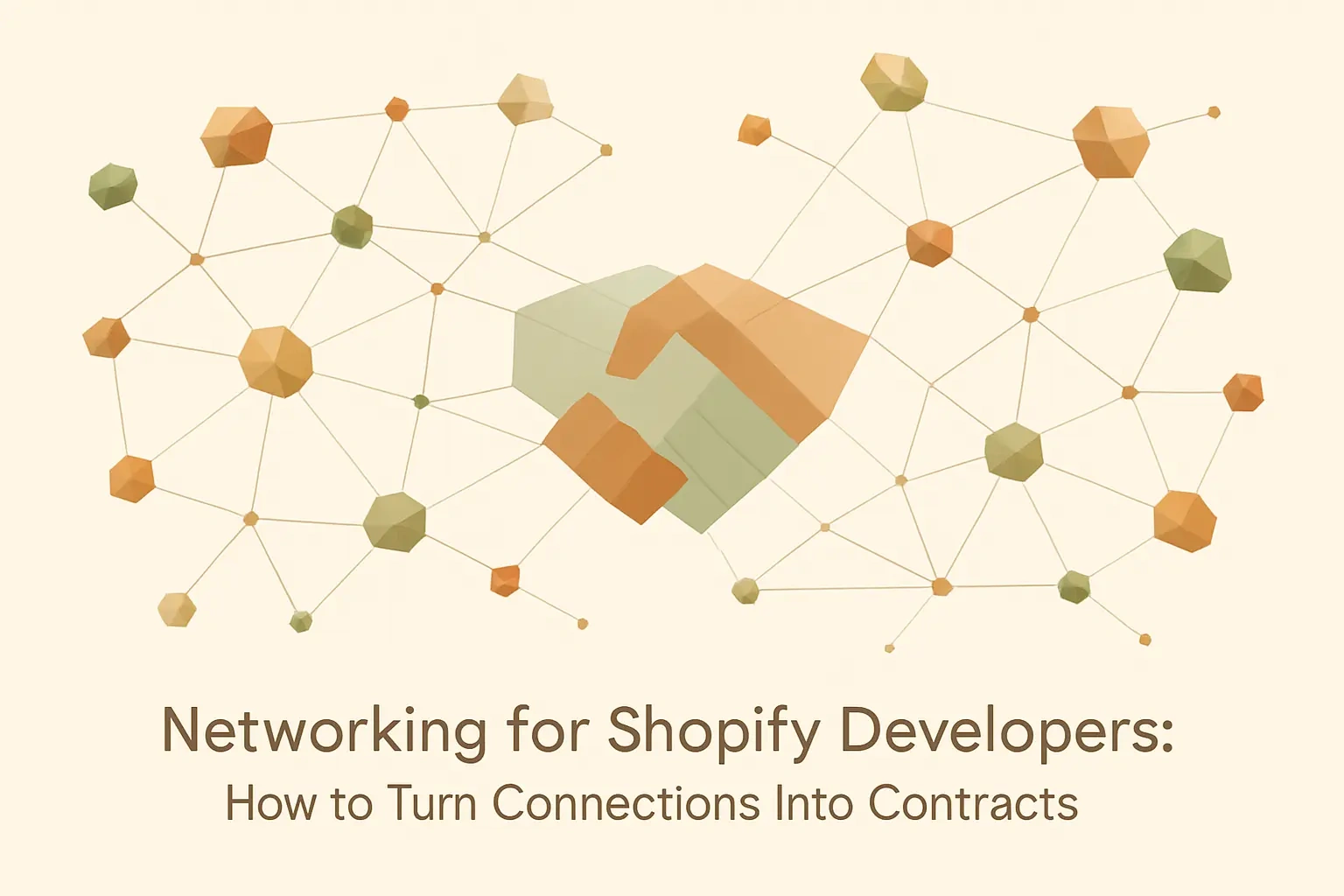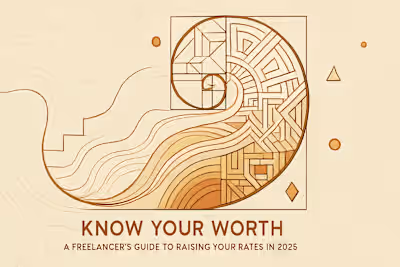Networking for Shopify Developers: How to Turn Connections Into Contracts

Networking for Shopify Developers: How to Turn Connections Into Contracts
The Mindset of a Master Networker
Give Before You Get: The Principle of Reciprocity
Focus on Relationships, Not Quick Sales
Where to Network: Online and Offline Channels
Attending E-commerce and Tech Meetups
Engaging in Niche Online Communities
Leveraging Your Contra Network
Perfecting Your Elevator Pitch
Clearly Define Who You Are and What Problem You Solve
Tailor Your Pitch to Your Audience
The Art of the Follow-Up
How and When to Follow Up After an Interaction
Using a Personal CRM to Track Connections
From Conversation to Opportunity
Identifying Pain Points and Offering Solutions
The Smooth Transition to a Business Proposal
Conclusion
References
Networking for Shopify Developers: How to Turn Connections Into Contracts
The Mindset of a Master Networker
Give Before You Get: The Principle of Reciprocity
Focus on Relationships, Not Quick Sales
Where to Network: Online and Offline Channels
Attending E-commerce and Tech Meetups
Engaging in Niche Online Communities
Leveraging Your Contra Network
Perfecting Your Elevator Pitch
Clearly Define Who You Are and What Problem You Solve
Tailor Your Pitch to Your Audience
The Art of the Follow-Up
How and When to Follow Up After an Interaction
Using a Personal CRM to Track Connections
From Conversation to Opportunity
Identifying Pain Points and Offering Solutions
The Smooth Transition to a Business Proposal
Conclusion
References
Posted Jul 4, 2025
Don't just collect contacts, build a client pipeline. Learn pro networking tips for Shopify developers to convert conversations into high-value projects.










